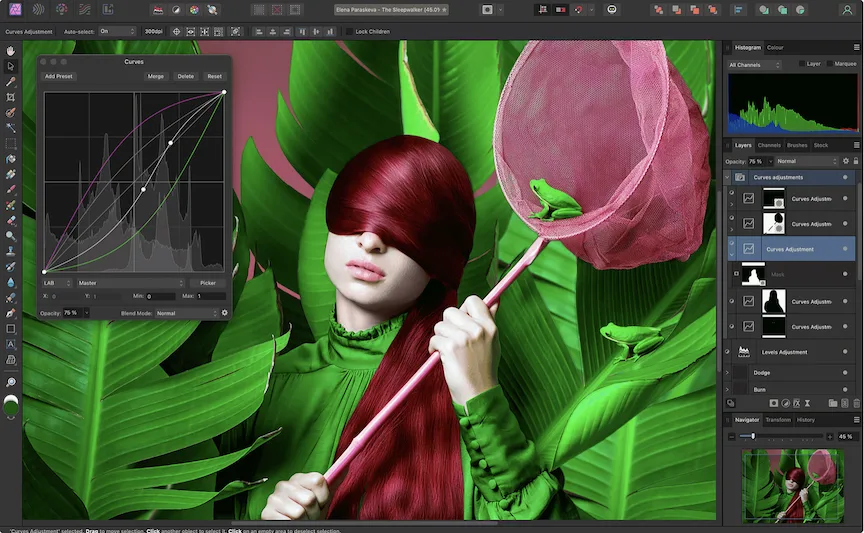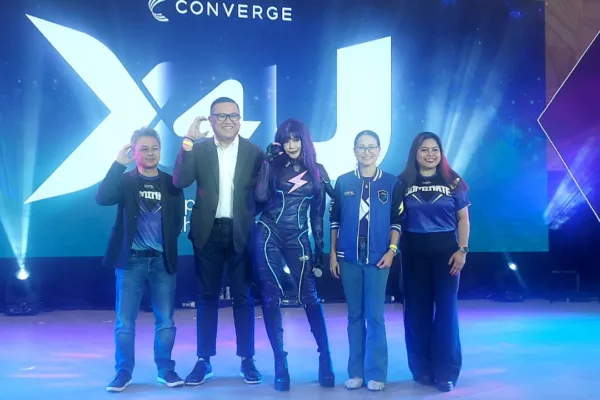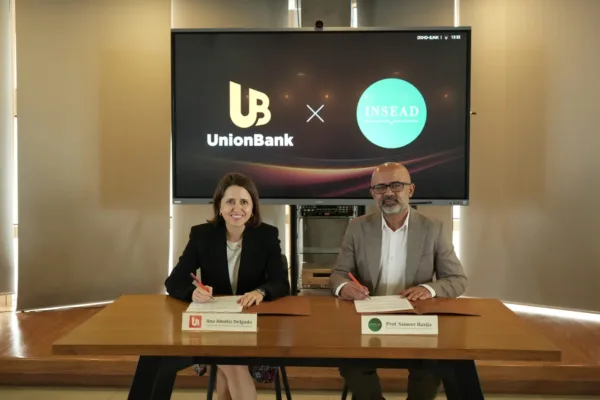The global creative economy is getting its biggest shake-up yet — and the fintech world is sure to feel its impact. Just recently, Canva announced that over one million users have signed up for its UK-based professional design suite, Affinity, less than a week after the company made the once-premium software free forever.
The rapid surge marks one of the fastest adoption waves for a professional creative tool and signals a major transformation in how designers — and the broader creator economy — access and pay for digital tools.
The move effectively removes a significant cost barrier for freelancers, agencies, digital entrepreneurs, and small online businesses that increasingly rely on cashless payments, digital invoicing, and subscription models to operate.
By eliminating Affinity’s subscription fees entirely, Canva introduces a business model disruption that could ripple into the fintech space, influencing everything from creator payment flows to digital wallet spending behavior.
A launch powered not by ads, but by the design community

Affinity’s milestone follows a month-long, community-driven rollout that began with subtle hints, cryptic posts, and behind-the-scenes previews aimed at professional designers.
Instead of a traditional ad-heavy launch, Canva leaned into organic engagement — tapping its Designer Advisory Board and global Pro Panel for feedback in real time.
This grassroots strategy crescendoed during Canva’s World Tour keynote, where the company unveiled its game-changing announcement: Affinity is now free for everyone, permanently.
The reveal triggered an immediate wave of excitement across design forums, social platforms, and creator networks — many of whom rely on digital payments for software subscriptions that often eat into their income.
A brand campaign that champions creative freedom

To reinforce the transformation, Canva rolled out a global campaign crafted with award-winning studio ManvsMachine. The centerpiece video, which runs on YouTube and Meta until December 14, serves as a rallying cry for creative freedom. It urges designers to rediscover the joy of making — free from financial limitations or restrictive tools.
“Designing a brand for designers isn’t easy, but creating it with them is what made this launch special,” said Tom Carey, Canva’s Europe Creative Director. “The response has been incredible… and with over a million people signing up in less than a week, it proves that when you design with your community, it becomes something people genuinely want to be part of.”
The community even coined its own reactions, describing the refreshed identity as “bold.af” and “relatable.af.”
A rebrand that feels punk — not just looks punk

Alongside the software relaunch, Canva introduced a complete visual overhaul for Affinity.
The redesign features handcrafted elements by Rob Clarke, graphic assets by James Martin, a new expressive typeface by Ohno Type, and a palette built to spotlight user creativity — punctuated with a bold lime green “punk” accent.
The identity was crafted jointly by Canva’s and Affinity’s in-house teams along with UK design studio Twist, guided by community feedback at every stage.
The result: a brand that balances mastery and play — serious about the craft, yet unafraid to break the rules.
Impact on the creator economy — and fintech
Affinity’s shift to “free forever” has implications far beyond design:
- Lower operational costs for freelancers and digital businesses that rely heavily on online payment platforms for subscriptions
- Increased earnings potential for creators who can now redirect budget from software fees to growth tools, digital ads, and automation services
- Stronger demand for fintech services such as e-wallets, invoicing apps, and cross-border payment tools as more designers join the global gig economy
- Greater access for students and emerging creators, strengthening financial inclusivity in creative professions
Canva says the model is enabled by its sustainable business strategy: powerful tools remain free, while optional paid features — premium content, AI tools, and collaboration functionalities — drive revenue and continued innovation.
A movement, not just a milestone

Since the announcement, millions of digital creators — from illustrators to photographers to small business owners — have embraced Affinity’s new chapter. And as the creator economy becomes increasingly intertwined with fintech, Canva’s move could set new expectations for how professional tools are priced and accessed.
What began as a whisper campaign has now become a global statement: In the future of design, creativity — and opportunity — should be accessible to all.








